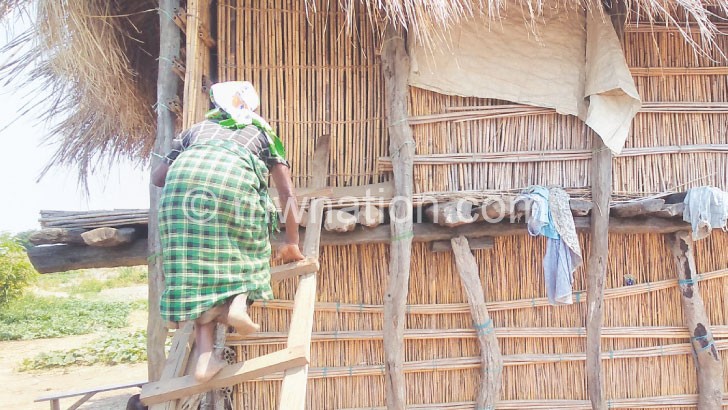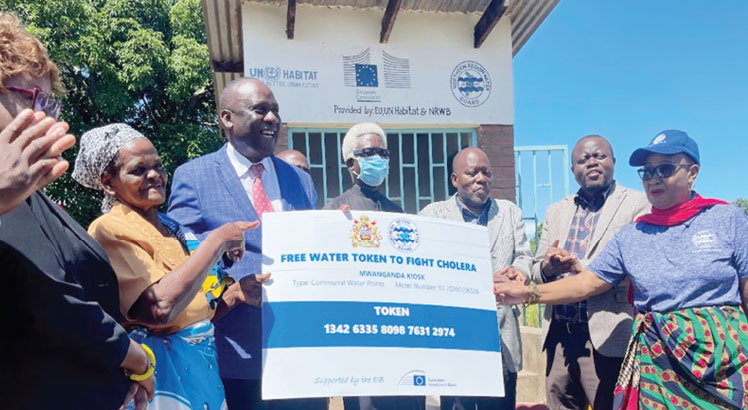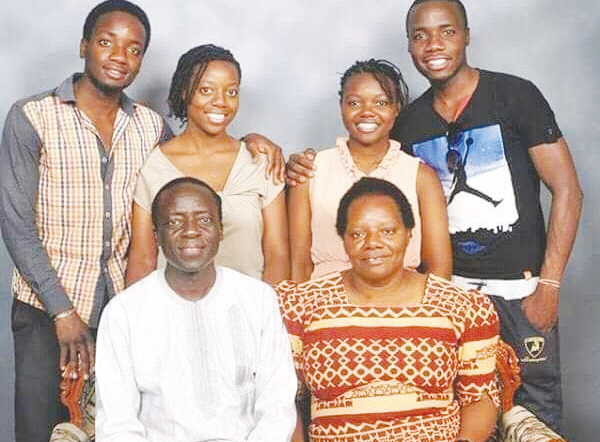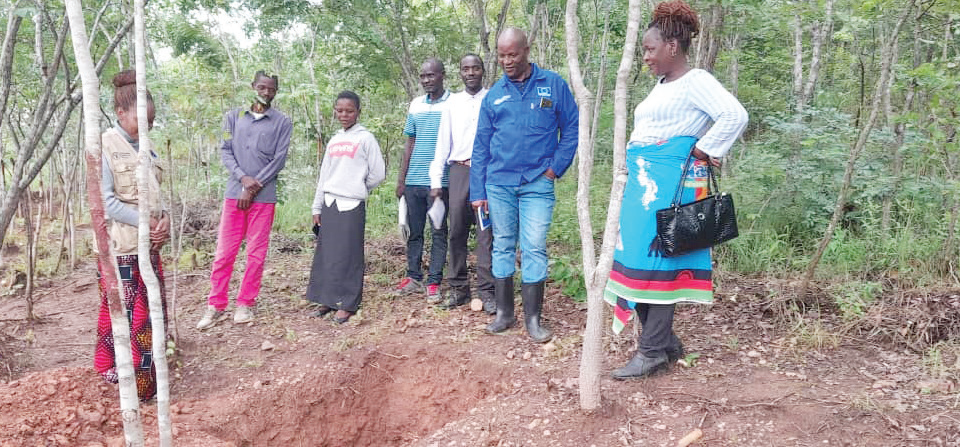Nyachikadza tragedy
Stanford Phapha, 85, has survived several floods that severely ravaged Nyachikadza, a low-lying setting in the Shire Valley district of Nsanje at the southern tip of Malawi.
The octogenarian in the wetland near the border between Malawi and Mozambique witnessed devastating flooding in 1959, then 1963 and 1989 as well as 2015 and last year.
Despite this, he prefers living in the disaster zone where floods displaced hundreds 2019.
For decades, Phapha has resisted calls to shift to higher grounds considered safe by the Department of Disaster Management Affairs and its partners.
He states: “This place had almost everything found in upland areas: good roads, shops, a courtroom, a prison, you name it.
“We were producing truckloads of cotton, groundnuts and other crops before floods started hitting us more frequently and devastatingly.”

Food basket
The old-timer smiles as he shares fond memories of his good ole days, when government and its partners considered his rural area safe for the abandoned buildings.
He narrates: “Despite the devastation caused by floods, just like the amphibians that croak in floods, we have also found ways to survive within our environment.
“I eat green maize, pumpkins, fish and other bites throughout the year. My wife and I cannot afford these basics if we relocate.”
At his age, Phapha says it will be tough for him to learn new survival skills and get accustomed to a lifestyle.
“Energetic people here produce a lot of foodstuffs for which they sell as far as Lilongwe. Every day, boatloads of people come here to buy our produce. Some come to buy fish and others to admire our land.
This gives a glimpse of the reason Nyachikadza remains heavily populated despite a long history of people being washed away when Shire River overflows.
This puts the lives of the predominantly fishing and farming community in fatal danger as was the case in March 2019 when Cyclone Idai hit Malawi, Mozambique and Zimbabwe.
The flooding caused by Idai affected nearly one million people in 15 districts on the southern half of Malawi, displacing about 90 000.
State ban
Due to such misfortunes, the government in 1997 stopped providing social services to Nyachikadza as a last resort to force the at-risk population to relocate to safer areas.
However, many households stayed put and continue to do business as usual in the disaster zone.
The United Nations (UN) Research Institute for Social Development reports that social services can enhance individual wellbeing, raise productivity and contribute to overall quality of life.
Access to social services, especially education, water and healthcare for all, are pivotal to the UN Sustainable Development Goals (SGDs) to end poverty by 2030.
The global goals require the government to meet its responsibility to ensure every Malawian has access to essential services.
However, the ban on service delivery negatively affects access to education, health and agricultural extension services.
The locals feel that full devolution of administrative and political authority from Capital Hill to Nsanje District Council would accelerate the lifting of the ban denying them these essential services.
Despite rapid population growth, Nyachikadza has no health facility.
Patients and pregnant women get treatment, care and support at Ndamera, almost 15 kilometres away.
The off-pocket payments the rural Malawians make to hire canoes, bicycles and motorcycles leaves them poorer. The costs gets bigger with hospital stays, especially when one is referred to Nsanje District Hospital.
This contradicts principles of Universal Health Coverage, a policy the government adopted to ensure everyone gets quality health services without financial hardship and degrading treatment.
Pregnant and under-five children suffer the most, says Nsanje Civil Society chairperson Mike Dansa.
He adds that Nyachikadza residents have the right to development and the State is abdicating its duty. He asks the government to learn from how China government is handling people in a situation similar to Nyachikadza’s dilemma. The Chinese are benefiting from their government’s social support despite being in disaster zones.
“We plan to engage Nsanje District Council to get more clarity. We don’t understand why things are that way; how Constituency Development Fund is being allocated to Nyachikadza,” Dansa says.
Left behind
Improved access to social services is enshrined in the Malawi Growth and Development Strategy III (2021-2022)—the medium-term development blueprint and national roadmap for SDGs, which require government to leave no one behind.
Despite government decision to exclude Nyachikadza from national development efforts, Phapha calls it home until Capital Hill lifts the ban or provides safety measures for them to continue feeding towns.





